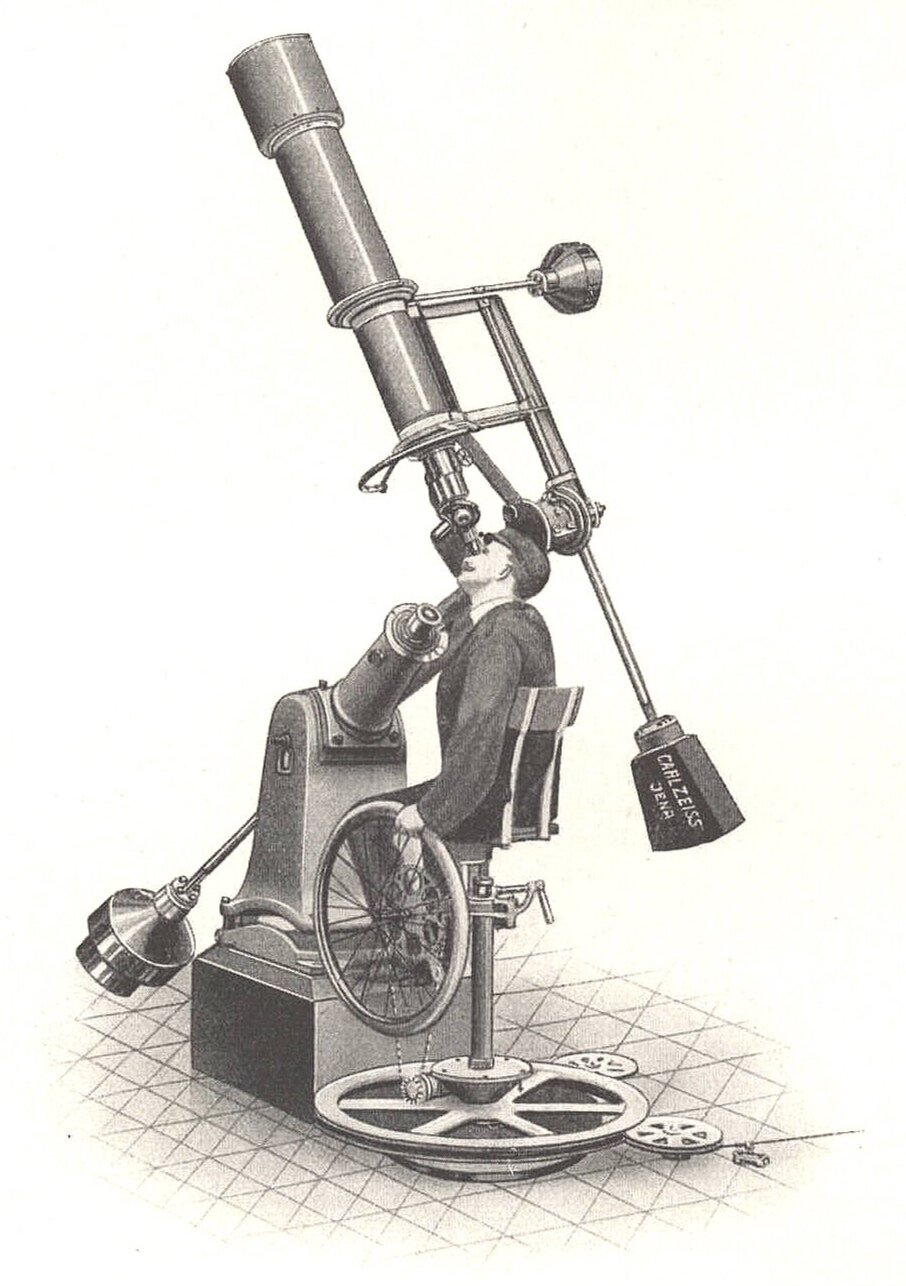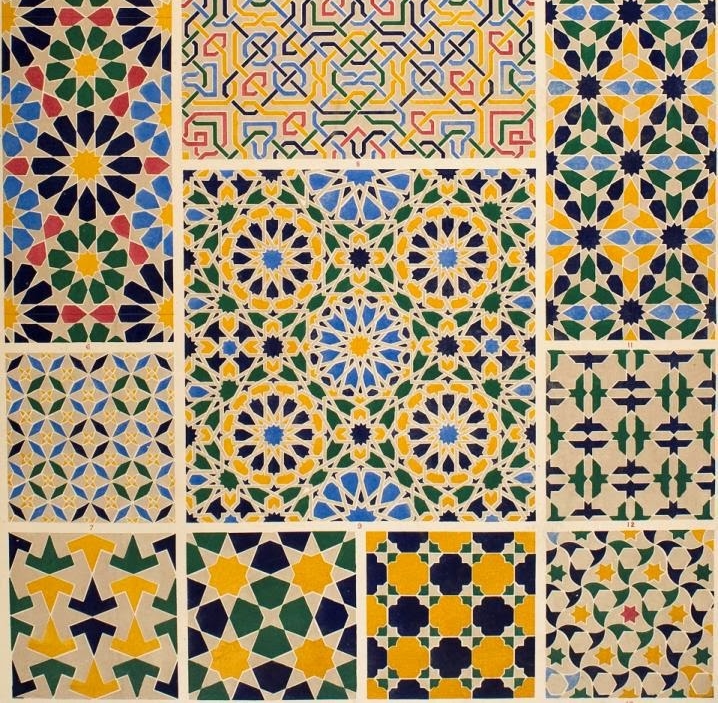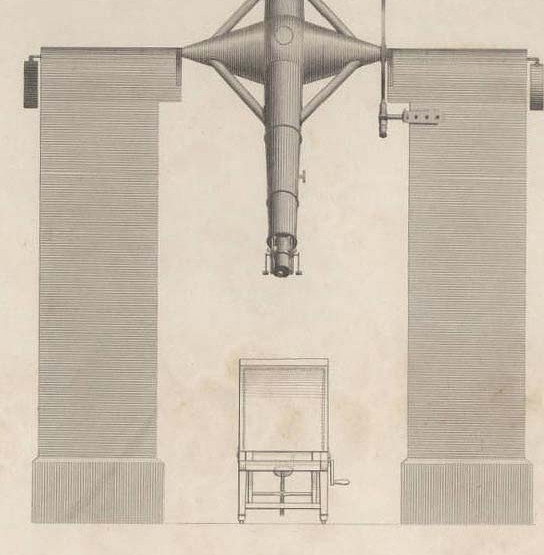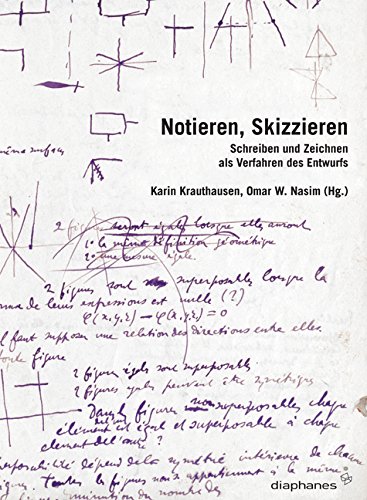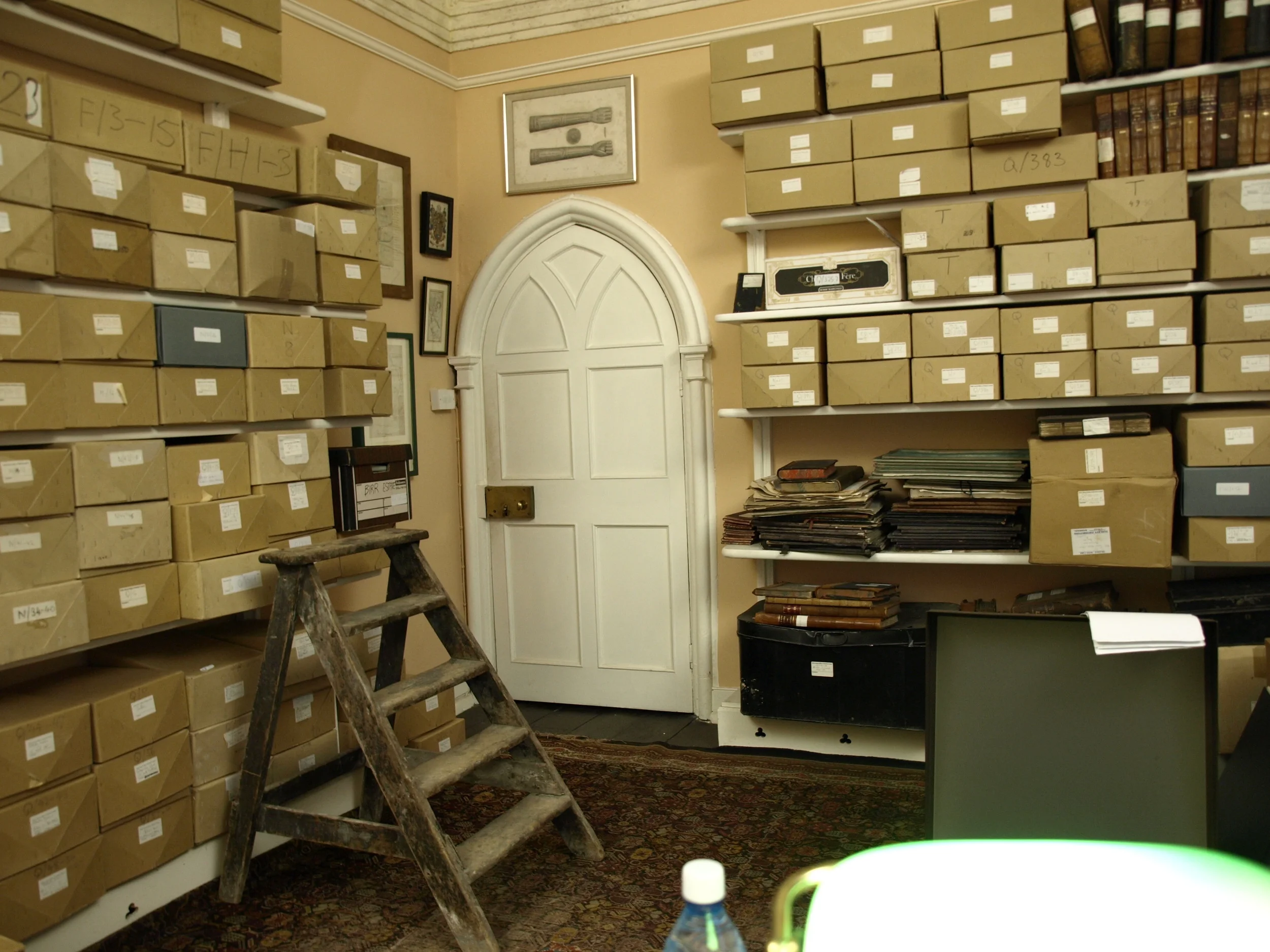




Omar W. Nasim
Historian of Science
Omar W. Nasim
Historian of Science
Welcome …
… to my webpage. I am the Professor for the History of Science at the University of Regensburg (Germany). I am the author of numerous articles, edited collections, and of two award winning monographs. I am specialist in the visual, cultural, and material histories of science and technology in modern Western Europe, USA, and Great Britain.
My interdisciplinary work critically details knowledge acquisition and production as painstaking labor that is implicated in wider moral economies. It purposefully shifts attention from resulting end-products in science to meticulous processes that go into their production, only to recast historically interlocking socio-cultural relationships between result and process. This shift draws much needed attention to the significance of what we take for granted in the laborious practices of knowledge-making. By uncovering, that is, the historical significance of the mundane and marginalized, the subjugated and invisible, we do more than merely fill in the gaps. We also gain new and critical vantage points on the usual suspects of more standard historical narratives; vantage points that reposition us to ask new questions like, what are the routine practices of erasure or making invisible in the histories of science and technology? Besides my research having non-reductionist implications for how historians engage with objects, design, sites, images, text, media, networks, and concepts, it, much more fundamentally, shows time and again how permeable certain philosophical divisions, which continue to be so important to western industrial societies and innovation cultures, in fact are; divisions such as knowing and being, mechanical and manual, objective and subjective, self and other, analog and digital, headwork and handwork, mind and body. In this way, history is timely, impacting and shaping how we frame and reframe current social and cultural debates and challenges about the place of science and technology in a world still reeling with their profound but all-too-human impact.
More specifically, my research centres around observational and visualization practices in the history of nineteenth and twentieth century science (especially astronomy), whether these take the form of hand-made drawings or photography. Underwriting this interest, however, is my fascination with the invisible and neglected in the history and philosophy of scientific practices. Typically, when one broaches visual practices, the focus in historical and philosophical accounts remain the eyes, some ocular instrument (like a telescope or microscope), and published images. However, what remains invisible and neglected as a result of this dominant focus is entire layers of supporting conditions that make such practices possible in the first place; such as paper, glass, pencils, ink, notebooks and even chairs, not to mention the tactility of these materials and the role of the hands’ gestures and performances. I am interested in the painstaking labor of science, where comfort and epistemology come into rapport and where assumptions about standards and best-practices emerge. It is in this back-stage-work that one finds lurking in the very furniture and cabinets of science, assumptions about the Other—whether non-western or emotional—that condition these processes of scientific work. So for instance I have recently completed a monograph on the cultural history of the astronomer’s observing chair, disclosing nineteenth century cultural and imperial assumptions built into its very image and function. At the moment, I am working on the history of astrophotography, again, from the perspective of the hands and ink, two things typically disassociated in photo-histories.

the astronomer’s chair
MIT Press, 2021
the astronomer’s chair
MIT Press, 2021
THE ASTRONOMER’S CHAIR
A Visual and Cultural History
Reviews
“Drawing on rich, compelling sources, The Astronomer’s Chair is an original, provocative, and fascinating work.”
—David Kaiser, Germeshausen Professor of the History of Science, MIT
“This creatively illustrated study by an eminent historian uses a seemingly mundane theme, depictions of astronomers’ seating, to reveal with startling insight and expert craft the complex cultures of comfort, attention, and discipline that governed nineteenth-century stargazing.”
—Simon Schaffer, Professor of History of Science, University of Cambridge
“The Astronomer’s Chair takes us on an interdisciplinary journey through the history of science, design, imperialism, and material culture. With this book, Omar Nasim models thrilling new directions in intellectual inquiry.”
—Aviva Briefel, Edward Little Professor of the English Language and Literature and Cinema Studies, Bowdoin College
“A fascinating book that underscores how, in visual culture, it’s often pictures of those who explore science that best communicates the nature of their work.”
—Marvin Heiferman, curator and author of Seeing Science: How Photography Reveals the Universe
“The Astronomer’s Chair brings together disparate bodies of literature—from histories of fatigue science and hygiene to scholarship on decorative arts and postcolonial readings of Victorian travelogs—in a fluid and readable way. The book is beautifully illustrated, and Nasim has done an impressive job tracing the history of specific astronomers’ chairs back to their design and workshop production, the kind of object-based research that is often hampered by incomplete archives. It is an excellent example of the kinds of insights that can result from an interdisciplinary cultural history and illustrates how looking at mundane objects can reveal illuminating entanglements between science and society more broadly. I can also imagine this book being a useful teaching tool on a variety of subjects, particularly for teaching students to combine close reading and visual analysis, showing them that scientists are “products of their culture” and not isolated from the social worlds of which they are a part .”
—Sarah Pickman in H-Material-Culture, H-Net Reviews.
My latest book addresses the historical relationships between chair-design and observation, posture and science in the nineteenth and twentieth centuries. Based on work in the archives and museums in the USA and Europe, the book advances an original framework for linking visual and material cultures, so that images of specialized mechanical observing chairs, used by astronomers at the telescope, are contextualized to reveal what they indexed for the period’s bourgeois sensibilities and their seated-postures. This rich context of meanings and values, then, is used to cast light on the actual design and observational function of observing chairs as objects. Viewing image and object as connected parts of moral and visual economies of empire, the book shows that masculine science was represented in terms of “comfort,” and not just the rugged discomforts of colonial adventure and expedition. It also shows that distinct manly postures were made broadly compelling by their dissimilarity to images of cross-legged “Oriental” astronomers—a posture that designated for their western audiences another kind of scientific labor, another kind of science. The book concludes by extending these findings to the twentieth century and uses the moral economy developed to shed new light on the design and function of Freud’s orientalized couch.
The Astronomer’s Chair: A Visual and Cultural History is the first book-length essay on the place of seat-furniture in the history of science, particularly with respect to the astronomer’s gendered and racialized labor and body. With a focus on mechanically adjustable observing chairs used in conjunction with telescopes in Europe, Great Britain, and the United States in the nineteenth century, the book situates task-specific chairs at the intersection of multiple economies: moral, visual, and epistemic. Furniture and design historians have illuminated the normative place of the ordinary chair in the bourgeois home. What emerges are postures that indexed morality and character as much as health and “race.” I elucidate a stadial historicism that informed a moral economy of seat-furniture that takes it beyond the domestic and into the national and even the imperial spheres. I thus use this period eye to shed light on the significance of observing chairs and their widely distributed image for bourgeois spectators. This is contrasted with images by European artists that exhibited oriental astronomers seated cross-legged. Based on hundreds of travelogues written by nineteenth-century western travelers into the so-called “Orient,” I show that this posture was expressive for bourgeois spectators of character and morality but also of the epistemic and historical status of oriental astronomy. It’s not that the specially designed observing chairs changed the world; it is that particular assumptions about masculinity, racialized energy, and supposedly innate characteristics of non-European peoples had become so pervasive that they left their marks even in the design, function, and depiction of astronomers' chairs.
The Astronomer’s Chair decolonizes observing furniture as technologies of observation—whether in astronomy or psychoanalysis—and as such contributes to recent efforts to decolonize museum collections in the USA, Britain, and Europe. It in fact disclosures the gendered and racialized underpinnings of the visual and material cultures of science and furniture in the nineteenth century, underpinnings that have impacted the design of chairs and the expected scientific personae in them, right up to our own day.

Current Projects
Current Projects
ornamental mind
optical illusions and design
This is an intellectual and cultural history showing how a set of assumptions initially formulated about ornamental artefacts and images--coming in from all over the world into Western Europe during the early nineteenth century--informed and shaped the use of visual images in the praxis of the Human and Mind Sciences later in the same century. I explore how an extensive discourse on the ornamental arts was a source of motivation and grounding for the use of images as revealing something unique about the operations or disorders of the human mind.
The astronomer’s chair
The Astronomer’s Chair: A Visual and Cultural History (MIT Press, 2021) looks--for the first time--at the role of chairs in the history of science. With a focus on the astronomer's observing chair in the nineteenth century, I open up a host of issues touching on what images of seated scientists meant in face of heroic science; what a scientists' posture indexed to audiences; and what scientists from other cultures who did not use chairs imply for Western audiences in the nineteenth century. In addition, the chair in astronomy is a history about modernity and professionalization. It is a story about observation and imperialism as much as it is about how postures and chairs afforded a particular kind of science over others.
Dfg-Funded Project: Astronomy’s Glass Archive
This project combines photographic history and history of science and technology to interrogate the role and importance of photographic materials and practices in shaping and re-configuring astronomy in the era of glass plate photography. This new research moves beyond contemporary scholarship by revealing a view of how photography was used by scientists in their day-to-day practices, and how standards were established for manufacture and use of glass plate photography in astronomy and more widely. We aim to show that the “information” contained on these glass objects extends beyond the image. Instead of taking representation for granted, we examine how it was materially and technically achieved.

My Books
My Books
observing by hand
sketching the nebulae in the nineteenth century
A book about what the act of drawing contributes to knowing and seeing in an observational science like astronomy. I access these connections and contributions through a close study of unpublished and private observing books belonging to nineteenth century astronomers. The story told is as much about how mysterious and ambiguous objects like the nebulae were visualised and stabilised as phenomena as it is a story about the role of paperwork in science. In the end the book attempts to raise the status--through a close study of sketch-making practices--of instruments such as a pencil and paper for the history of science.
This book won the prestigious HSS Pfizer Award for Best Scholarly Book in the field of the history of science. For more click here
bertrand russell and the edwardian philosophers
constructing the world
This award-winning book deals with the ways in which Bertrand Russell was influenced by a major controversy that raged within English philosophy at the beginning of the 20th century. It shows how philosophers--some who have now been forgotten--helped Russell to give shape to his solution to the problem of the external world. Notions as central to analytic philosophy as 'sense-data' and 'logical construction' are re-interpreted in the context and framework of Russell's direct engagement with an Edwardian controversy. Embedding Russell's philosophical work from the period in this way also connects it to currents in late nineteenth century psychology and mathematics.
Notieren, skizzieren
schreiben und zeichnen als verfahren des entwurfs
A collection of essays in German that I co-edited (with Karin Krauthausen). This interdisciplinary collection brings together essays on note-taking and sketch-making practices. Leading scholars in the fields of comparative literature and art, history of science and mathematics contribute original essays addressing the connection between these practices and creativity, design, and knowledge-production. The book also contains a transcription of an exclusive interview with Hans-Joerg Rheinberger.


